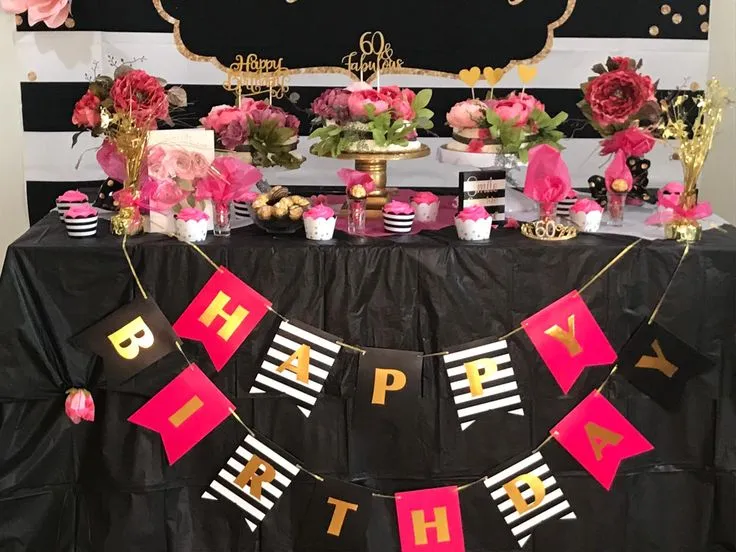Understanding Kitchen Decor Ideas
Kitchen decor ideas encompass a wide range of design elements aimed at enhancing the aesthetic appeal and functionality of your kitchen space. From selecting color palettes and materials to choosing the right lighting and decor, the goal is to create a kitchen that is both visually pleasing and practical for everyday use. The best kitchen decor ideas start with a clear understanding of your personal style, the available space, and the specific needs of the household. Considering these factors will help you make informed decisions and achieve a cohesive and satisfying kitchen design.
Defining Your Style
Before diving into specific kitchen decor ideas, it’s crucial to define your personal style. Are you drawn to the sleek lines of modern design, the warmth of traditional styles, or the rustic charm of farmhouse kitchens? Perhaps you prefer a minimalist approach or a vibrant, eclectic mix of elements. Understanding your style preferences will guide your choices, helping you select the right colors, materials, and decor items. Browse design magazines, explore online platforms, and visit showrooms to gather inspiration and identify the design elements that resonate with you. This process will clarify your vision and set the foundation for a cohesive kitchen design.
Modern Kitchens Design
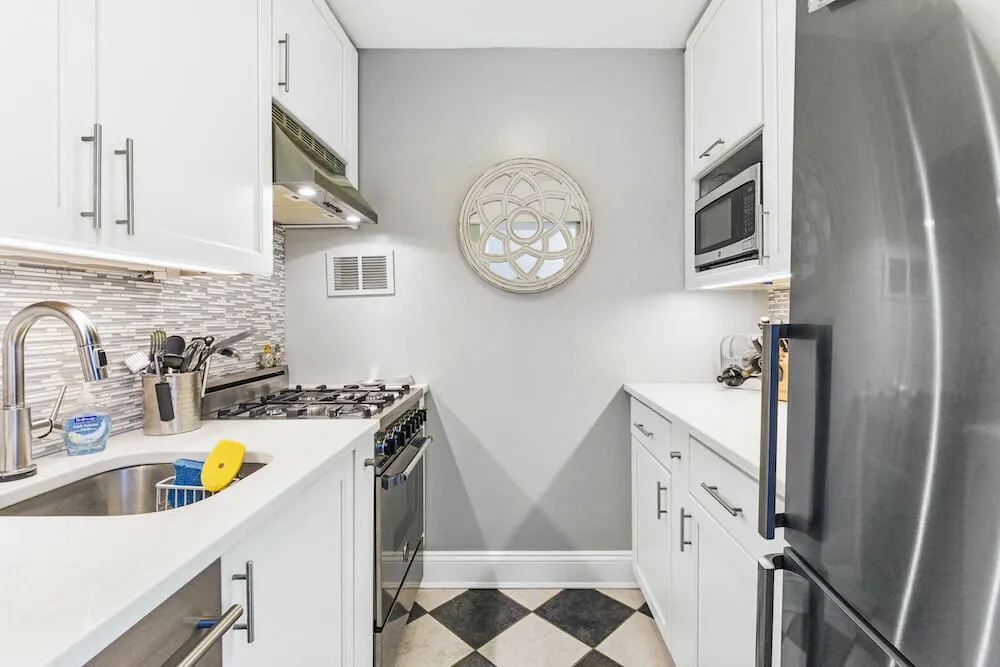
Modern kitchen design often features clean lines, minimalist aesthetics, and a focus on functionality. Common elements include sleek cabinetry, stainless steel appliances, and open layouts that maximize space and natural light. Color palettes typically lean towards neutral tones like white, gray, and black, with pops of color used sparingly for accents. Materials such as quartz countertops and glass backsplashes add to the contemporary feel. Lighting plays a crucial role in modern kitchens, with recessed lighting, pendant lights, and under-cabinet lighting providing both ambient and task illumination. The overall goal is to create a streamlined, efficient, and stylish space.
Creating a Functional Kitchen
A functional kitchen is one that is designed to meet your specific needs and make everyday tasks easier. This involves careful consideration of the layout, workflow, and storage solutions. The work triangle – the area between the sink, stove, and refrigerator – should be optimized to ensure efficient movement. Adequate counter space is essential for food preparation, and storage solutions should be tailored to your cooking habits and the items you frequently use. Consider incorporating pull-out drawers, pantry organizers, and other features that maximize accessibility and convenience. Good lighting and ventilation are also critical for a comfortable and safe cooking environment. Prioritizing functionality ensures that your kitchen is not only beautiful but also a joy to use.
Maximizing Space with Smart Kitchen Design
If your kitchen is limited in space, smart design choices are essential to make the most of every square inch. Consider incorporating space-saving features such as pull-out pantries, corner cabinets with lazy Susans, and built-in appliances. Open shelving can provide storage and display space without taking up valuable floor area. A kitchen island can serve multiple functions, including extra counter space, seating, and storage. Choose light-colored cabinets and countertops to make the space feel brighter and more open. Careful planning and the right design elements can transform a small kitchen into a functional and stylish area.
Kitchen Decor Ideas Color Palettes
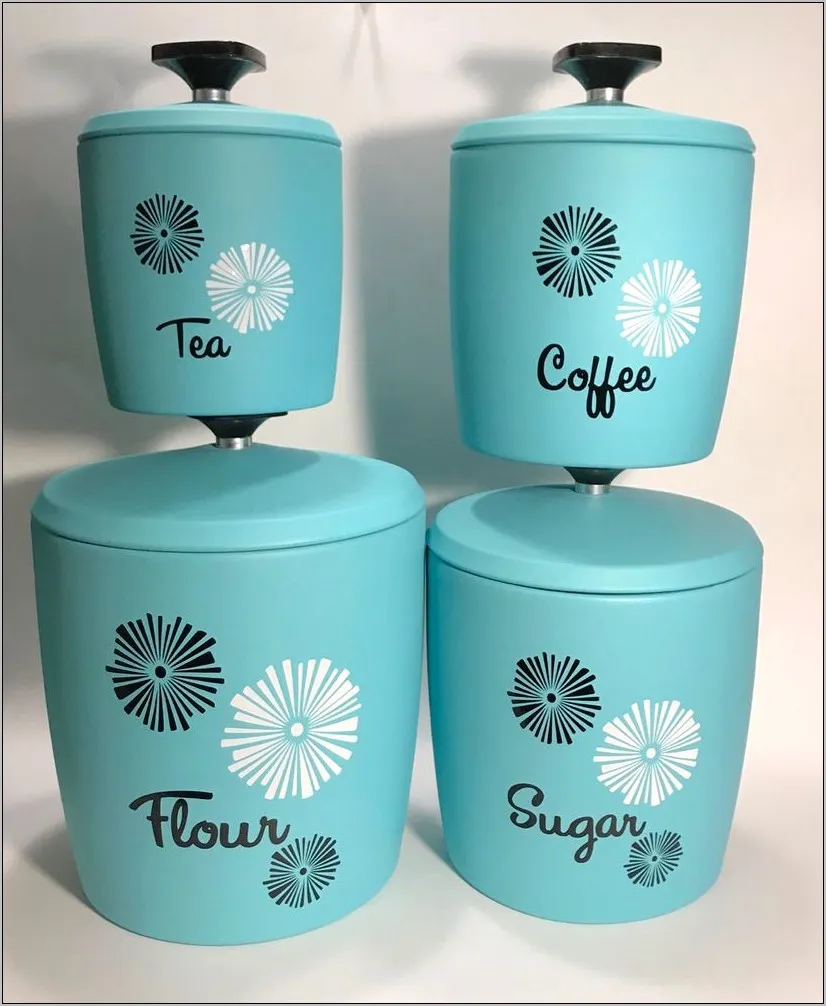
The color palette you choose for your kitchen will significantly impact its overall look and feel. Neutral tones like white, gray, and beige create a sense of spaciousness and can be paired with any style. Adding pops of color through accent walls, cabinetry, or decor items can inject personality and visual interest. Consider the amount of natural light your kitchen receives when selecting colors. Lighter colors reflect light and can make a small kitchen appear larger, while darker colors can create a cozy atmosphere in a larger space. Explore different color combinations and test paint samples to find a palette that complements your style and the existing features of your kitchen.
Choosing the Right Materials
Selecting the right materials for your kitchen is crucial for both aesthetics and durability. Countertops, cabinets, flooring, and backsplashes all play a role in the overall design. Consider materials that are both beautiful and practical, such as quartz or granite countertops that are resistant to scratches and stains. Choose durable flooring options like hardwood, tile, or luxury vinyl plank that can withstand heavy foot traffic and spills. Cabinet materials should be sturdy and easy to clean. Carefully researching and selecting materials that align with your style, budget, and lifestyle ensures your kitchen will look great and function well for years to come.
Selecting Durable and Stylish Surfaces
When choosing surfaces, prioritize durability and style. Countertops are a focal point and should be both visually appealing and able to withstand daily use. Granite and quartz are popular choices due to their durability and resistance to heat and scratches. Consider the style of your kitchen when selecting countertops, as the material and color can greatly impact the overall aesthetic. Flooring options should be durable, water-resistant, and easy to clean. Tile, hardwood, and luxury vinyl are all excellent choices. Backsplashes offer an opportunity to add personality and protect the walls from spills. Choose materials and designs that complement your overall kitchen style and are easy to maintain.
Kitchen Decor Ideas Lighting Design
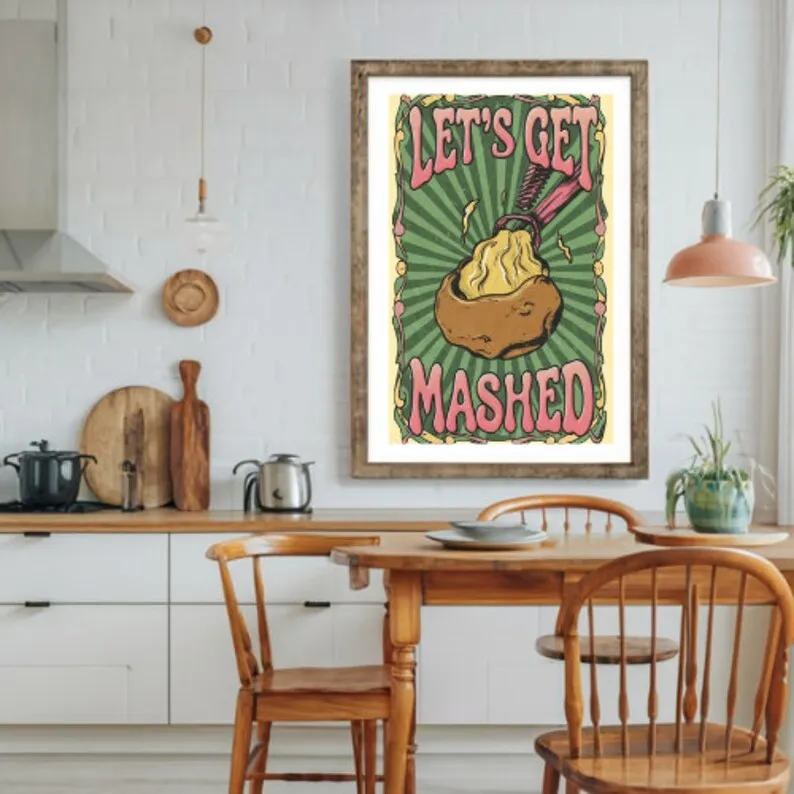
Proper lighting is essential for both the functionality and ambiance of your kitchen. A well-designed lighting scheme includes a combination of ambient, task, and accent lighting. Ambient lighting provides overall illumination for the space, while task lighting focuses on specific areas like the countertop and stovetop. Accent lighting can be used to highlight architectural features or create visual interest. Consider the size and layout of your kitchen when planning the lighting design. Choose fixtures that complement your style and provide the right amount of light for each area. Lighting is a powerful tool that can transform the look and feel of your kitchen, making it more inviting and functional.
Ambient Lighting for a Welcoming Kitchen
Ambient lighting sets the overall mood of your kitchen, creating a welcoming and inviting atmosphere. This can be achieved through recessed lighting, pendant lights, or a combination of both. Consider the size and layout of your kitchen when choosing ambient lighting fixtures. For small kitchens, recessed lighting can be a good choice as it doesn’t take up any visual space. In larger kitchens, pendant lights above the island or dining area can add a touch of style and provide a more intimate feel. Choose light bulbs that provide a warm and inviting glow, and consider using dimmers to adjust the brightness and create different moods.
Task Lighting to Enhance Functionality
Task lighting is essential for areas where you perform specific tasks, such as food preparation, cooking, and cleaning. Under-cabinet lighting is ideal for illuminating countertops and providing focused light for chopping, mixing, and other tasks. Pendant lights above the kitchen island or sink provide direct light to these areas. Recessed lighting can also be used to provide task lighting, especially in areas where more light is needed. When selecting task lighting, consider the brightness and color temperature of the light bulbs. Aim for a bright, focused light that enhances functionality without creating harsh shadows.
Kitchen Decor Ideas Decorating Ideas
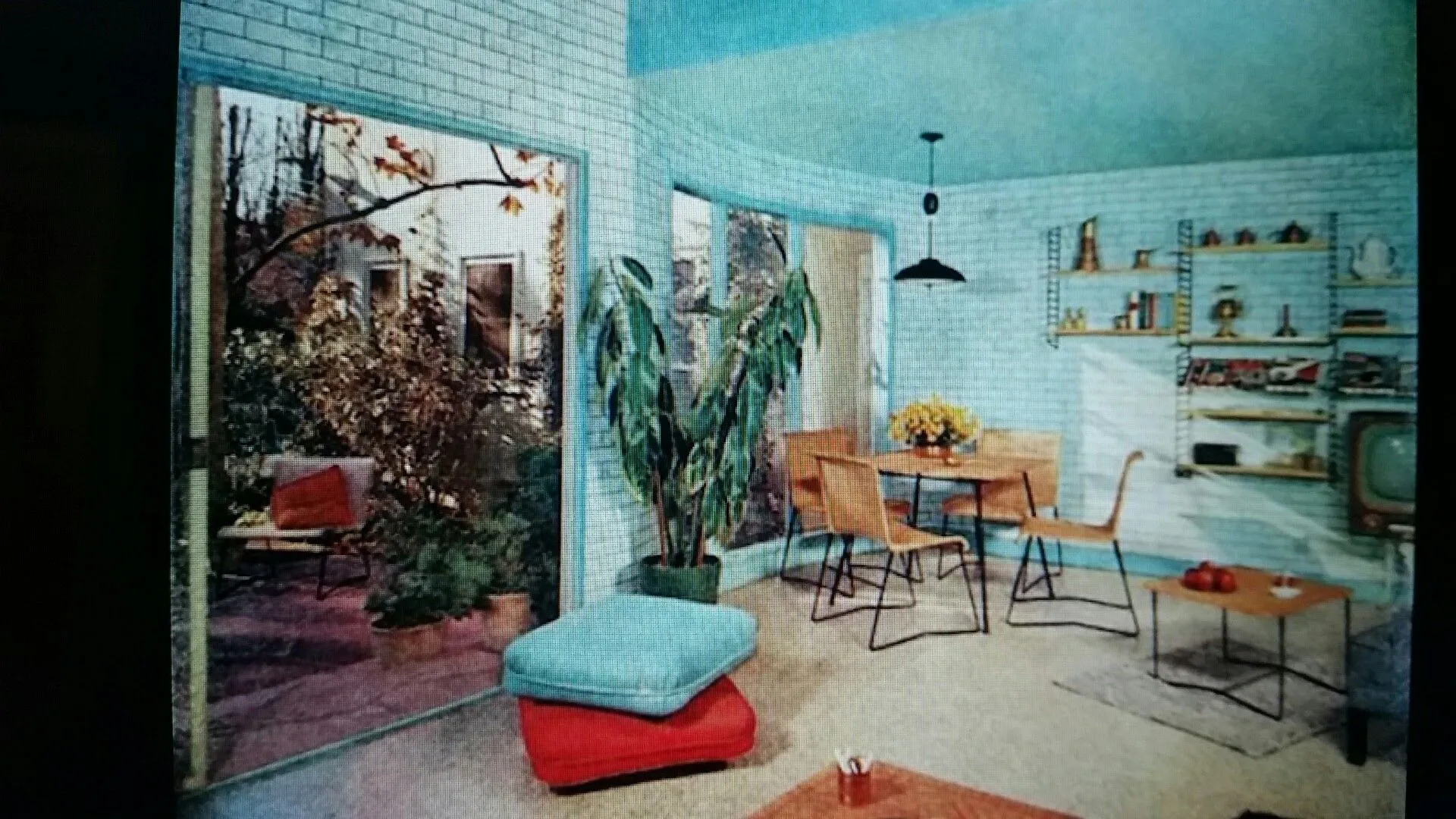
Once the essential elements of your kitchen are in place, it’s time to add decorative accents to personalize the space. This can include everything from artwork and decorative objects to window treatments and accessories. Choose decor items that reflect your personal style and complement the overall design. Consider the colors, textures, and patterns of your decor to create visual interest and cohesion. Don’t be afraid to experiment with different elements to find what works best for you. The right decorative touches can transform a functional kitchen into a stylish and inviting space that reflects your personality.
Adding Decorative Accents
Decorative accents are the finishing touches that add personality and style to your kitchen. This can include artwork, vases, cookbooks, and other decorative objects. Choose items that reflect your personal style and complement the overall design. Consider using a mix of textures and materials to create visual interest. A colorful backsplash can be a great way to add a pop of color, and stylish cabinet hardware can elevate the look of your cabinets. Displaying fresh flowers or herbs can add a touch of freshness and natural beauty. Remember to consider the size and scale of your decorative accents to ensure they fit appropriately in your kitchen space.
Kitchen Decor Ideas Inspiration Sources
Gathering inspiration is a crucial step in planning your kitchen decor. Explore various sources to discover ideas and styles that resonate with you. Look at design magazines, online platforms, and other resources to get inspired. Document the ideas and styles you like, which helps you create a cohesive design plan.
Online Resources
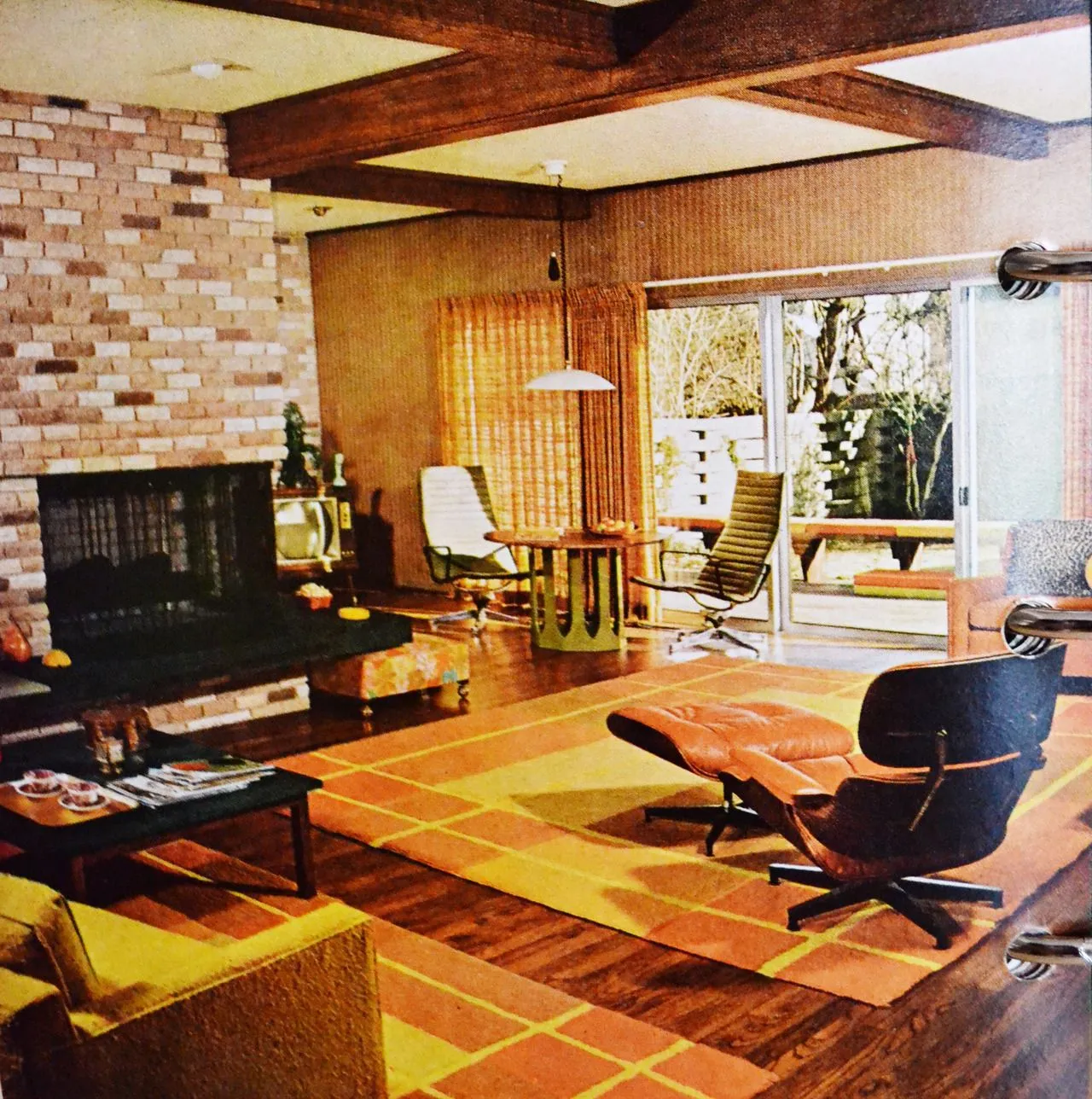
Online platforms offer a wealth of inspiration for kitchen decor. Websites like Pinterest, Instagram, and Houzz are great resources for browsing images, finding ideas, and discovering the latest trends. Create boards or save posts that inspire you. Browse online magazines, design blogs, and manufacturer websites to get more ideas and read reviews. Utilize search engines to find specific design ideas and products. Online resources offer a vast range of ideas and enable you to explore the latest trends and styles.
Magazines and Books
Design magazines and books offer beautiful imagery and detailed articles on kitchen decor ideas. Purchase or borrow magazines that feature kitchens and interior design. These provide curated ideas and high-quality photos that can help you visualize your space. Look for books with tutorials and guides on kitchen design. You can highlight specific aspects you like and take notes. Magazines and books give you an excellent opportunity to discover different styles and get ideas for implementing them in your kitchen.
Kitchen Decor Ideas Creating a Mood Board
Creating a mood board is a valuable step in the kitchen decor process. A mood board helps you visualize your ideas and create a cohesive design plan. Gather images, paint swatches, and material samples that represent your chosen style. Arrange these elements on a physical or digital board to see how they interact with each other. Review the mood board and adjust as needed. This will help ensure that your final design is both visually pleasing and aligns with your personal preferences. Use this tool to make informed decisions about colors, textures, and decor items.
